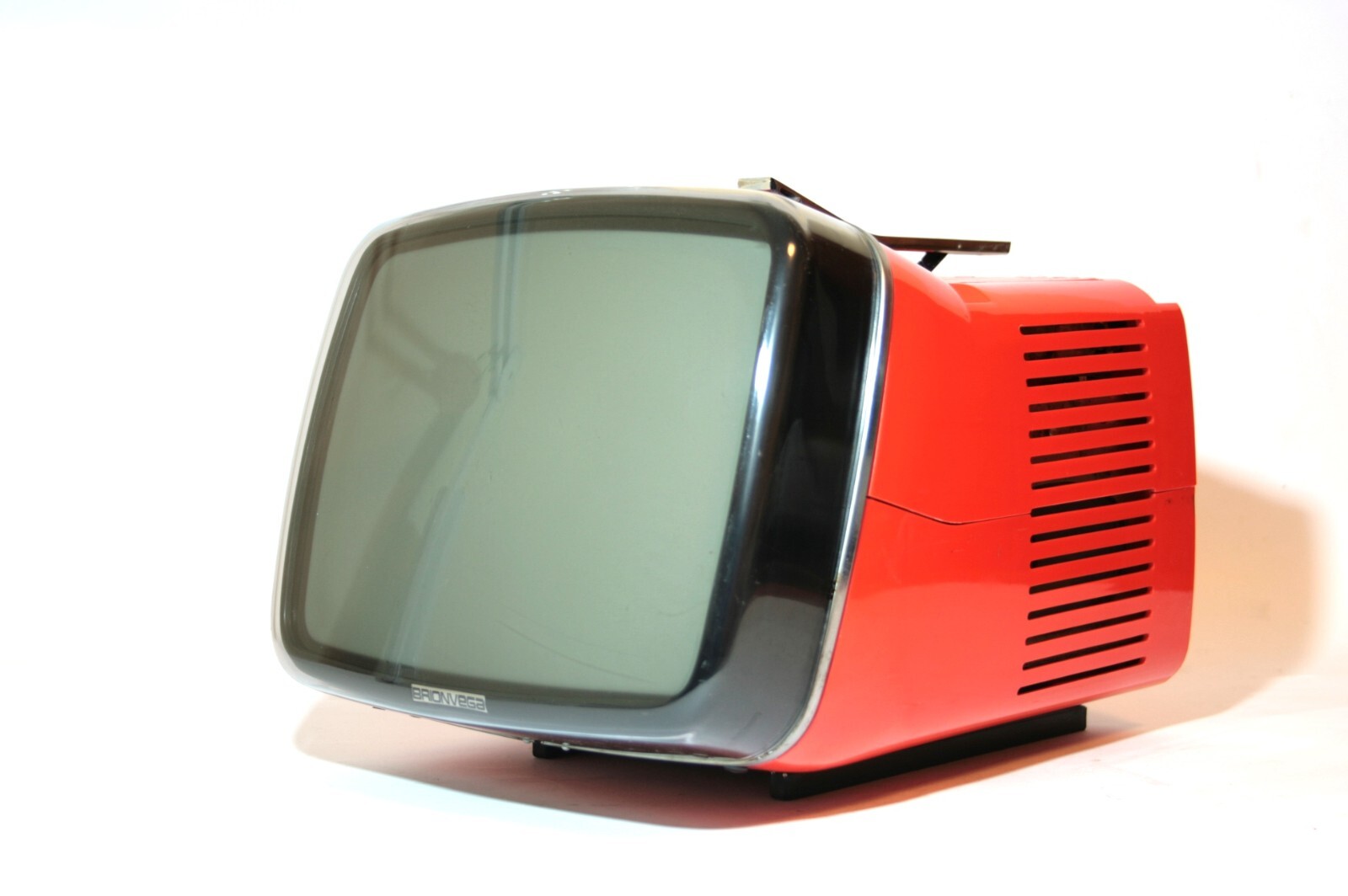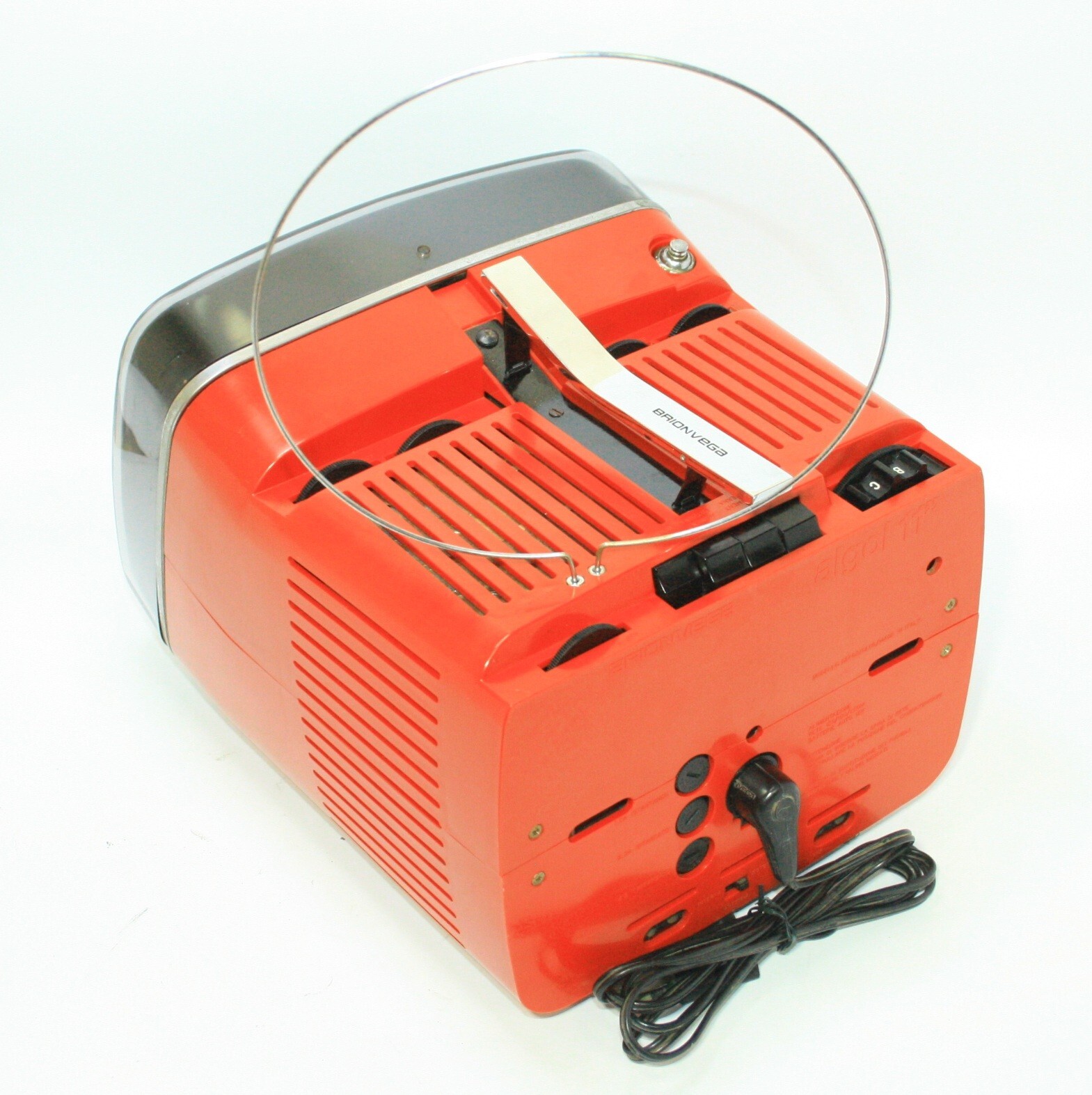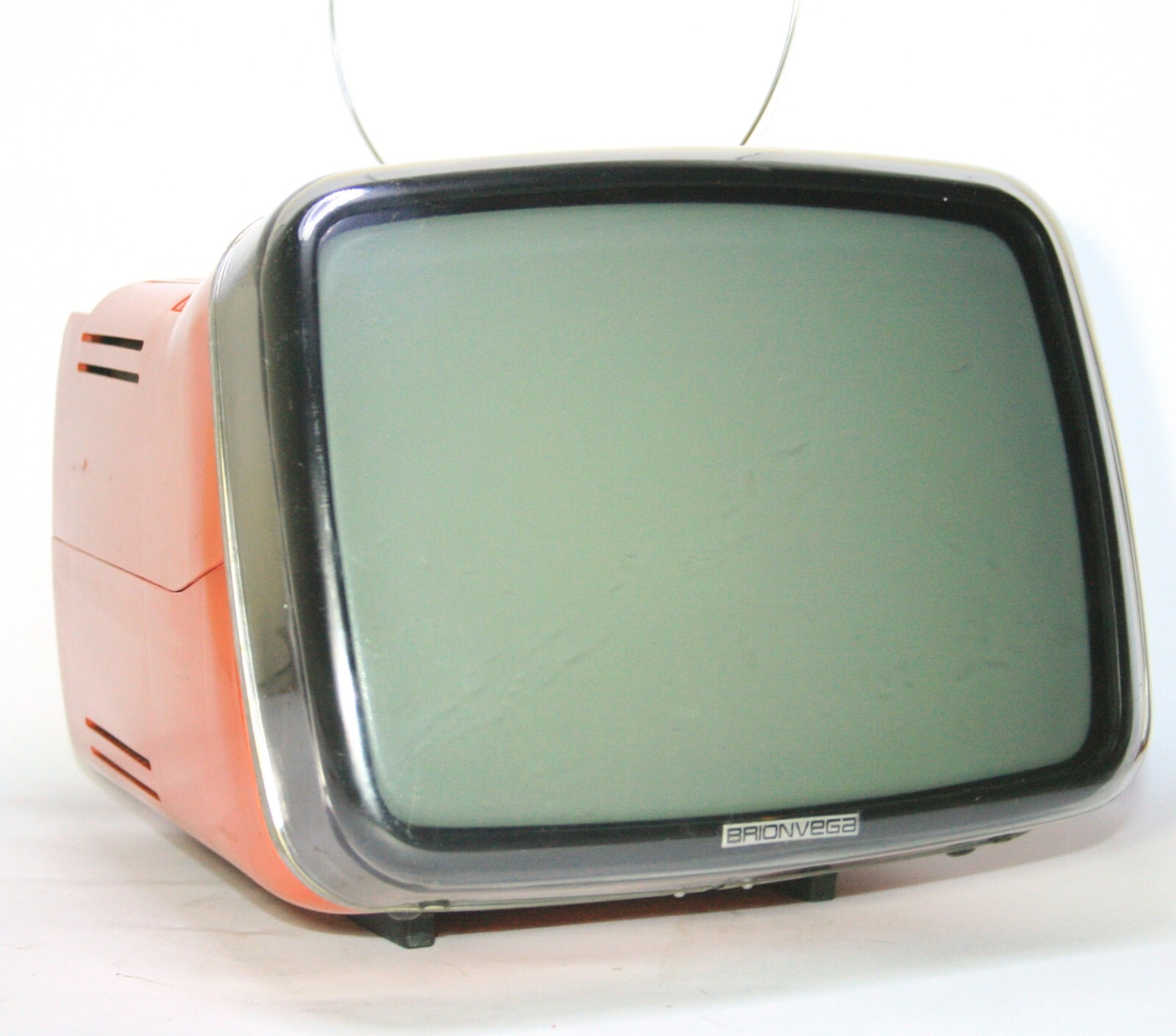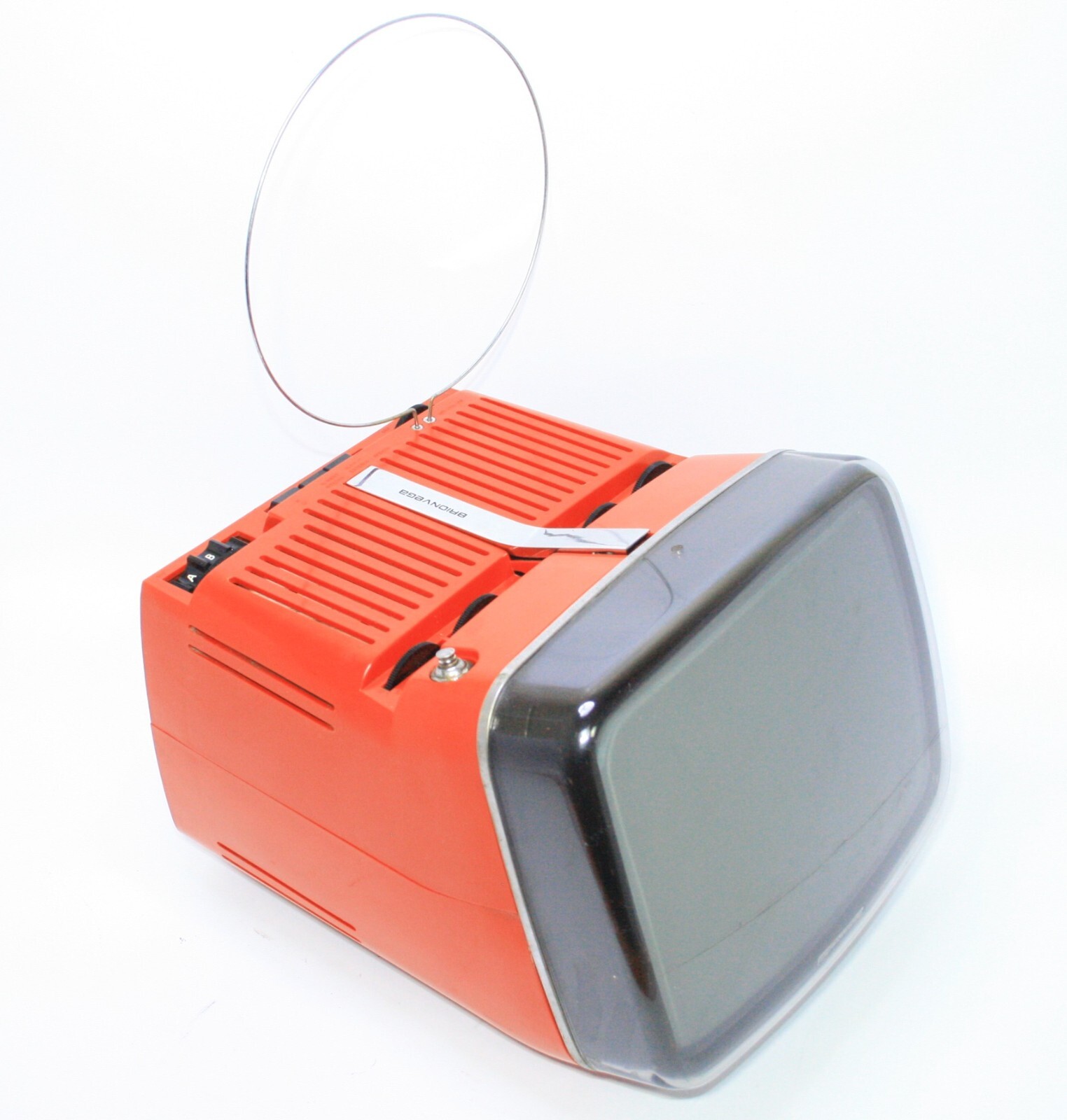Brionvega Algol 11 (Red)
This page requires JavaScript. Please enable JavaScript for the full experience.
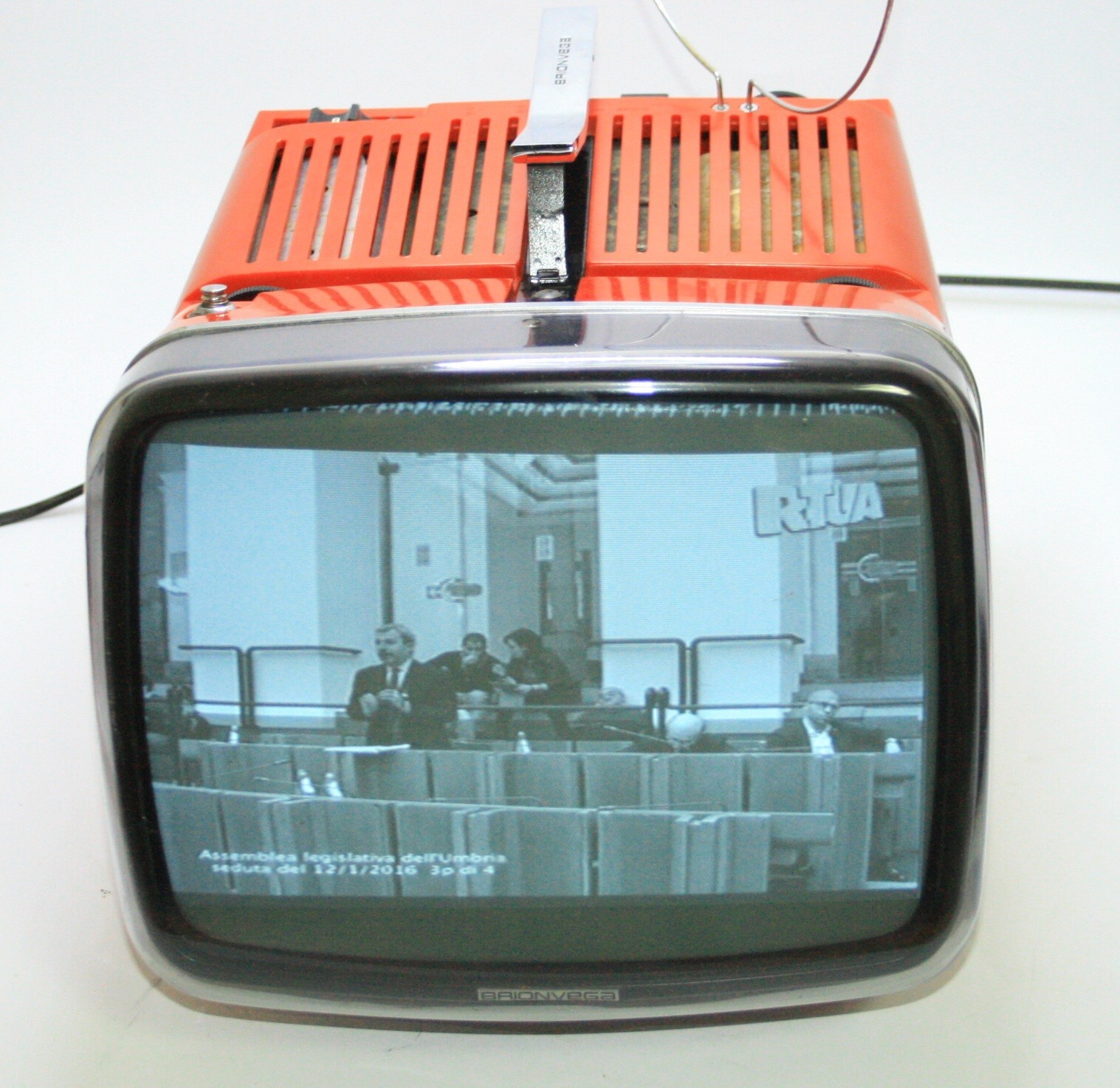
Summary
Credit: [robertom60](https://www.ebay.ca/sch/robertom60/m.html)
In 1964, architects Marco Zanuso and Richard Sapper designed the Algol for Brionvega, an Italian company founded at the end of World War II. From this project emerged a television destined to revolutionize both previous design standards and the domestic environments in which it was used. This small black & white TV became one of the representative products of Italian style in the 1960s, eventually earning a place in the permanent collections of various modern art museums, such as the Museum of Modern Art in New York City, alongside the TS-502 radio receiver, another creation by the same architects.
The form of the Algol is defined by its rounded, sloping screen, its brightly colored plastic casing, and a retractable metal handle.
Together with the two architects, a specialized team developed audio, radio, and television equipment that remains highly sought after by collectors today — prized both for its design and for the reliability of its materials.
Several Brionvega products from the 1960s defy their age. All signed by Zanuso and Sapper, they transcend their function to become pieces of furniture and symbols of modernity.
The Algol is an 11" black & white portable television capable of receiving both VHF and UHF signals. It features a one-meter retractable rod antenna for VHF, and a 19.5 cm circular antenna for UHF. An external aerial can also be connected for home use. Power can be supplied via mains electricity (125–160–220 VAC) or a 12 VDC car battery. Dimensions: 26 x 22 x 31 cm; weight: 7.6 kg.
